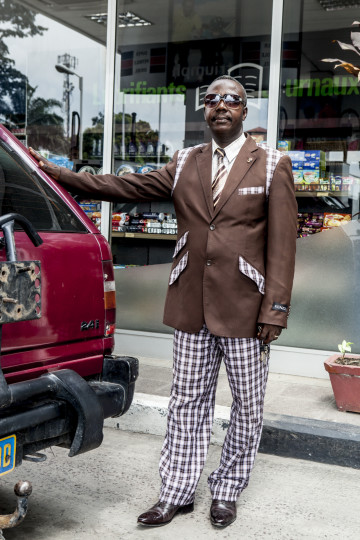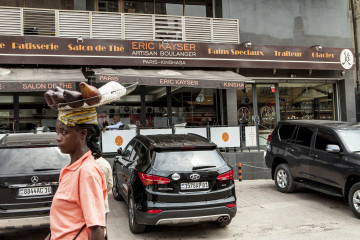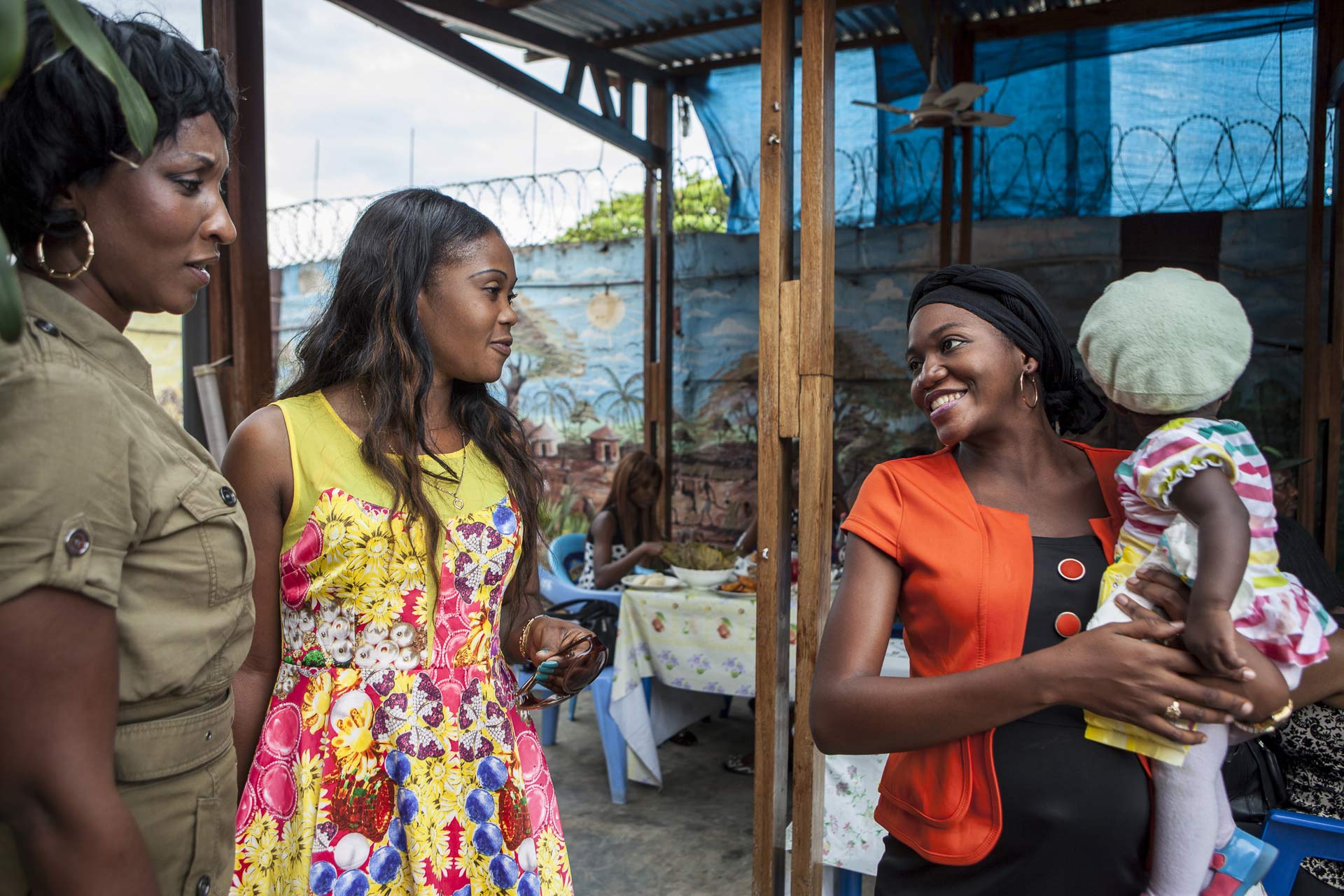
International companies opening up in Kinshasa face a mouth-watering future sales market. For the first time in many years, a Congolese middle class is emerging. People who can rent a house, buy a car, travel and shop.
The McKinsey Global Institute is calling Kinshasa one of the biggest growth markets in the world. Its youthful population (half of all Kinois are younger than 14 years of age) is one reason for this. The major reason, however, is that in ten years’ time, twenty percent of all these young people will be earning a middle-class income (between 7.5 and 20 thousand dollars a year). Quite a phenomenon when you consider that, under Belgian rule, Congolese could only be educated up to the third year of secondary school. Mobutu also did his best, out of fear of critical voices, to avoid the rise of a middle class with real spending power.
In practice, the Congolese are not in quite such financial dire straits as the figures suggest
Nevertheless, with an average annual income of less than 200 Euros, Congo is still the poorest country in the world according to figures from the International Monetary Fund. How can this be, in the light of McKinsey’s prediction?

The first factor is, no one knows exactly what the average annual income in Congo is. Seventy percent of Congolese earn their living in the informal economy. So their earnings never appear on the official balance sheet. In practice, the Congolese are not in quite such financial dire straits as the official figures suggest. Two thirds of Kinois have enough money for a mobile telephone and to put credits on it.
As an assistant director you can earn two thousand dollars a month
Also, the economy has been growing at an annual rate of more than seven percent for some years now, putting Congo among the top ten fastest growing economies in the world. International companies that can see the potential in Kinshasa and set themselves up there are providing employment. No one knows how many jobs are being created in this way. Statistics are as hard to find in Congo as mountain gorillas in the Dutch countryside – even the real population of Kinshasa can only be guessed at. The figure on a hand-written note from the Census Ministry is three million less than a report from the United Nations.
Professors at the University of Kinshasa are adamant that there can be no middle class without figures, but bank director Félicité Singa Boyenge – CEO of FiBank and the first woman in Congo to hold such a position at a bank – takes a more pragmatic view. ‘You must be blind to dare say that there is no middle class in the DRC’, she says. Her own staff are members of the middle class. They can rent a home, go shopping, buy a car and travel. With a European MBA, you can become an assistant director in Boyenge’s company and earn two thousand dollars a month.

Erik Kayser, the new branch of the popular Parisian baker in downtown Kinshasa. Cakes are four dollars each, a cappuccino almost five.

Chez Flore is a middle-class hotspot. As families enjoy Sunday lunch, a baby cries in its Maxi Cosi and children play Angry Birds on a tablet.
Increasing employment is formalising the flow of money, and this in turn is providing a new economic impulse. The number of banks has tripled in just ten years. ‘Only six percent of Congolese have a bank account – the rest keep their money under the mattress’, Boyenge says. Developments are moving extremely rapidly: it is just three years ago that the government decided to pay the salaries of a million civil servants through the bank. ‘You have to be here now to profit in the future’, Boyenge says.